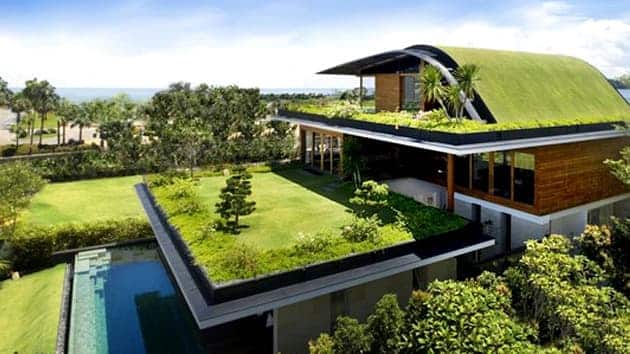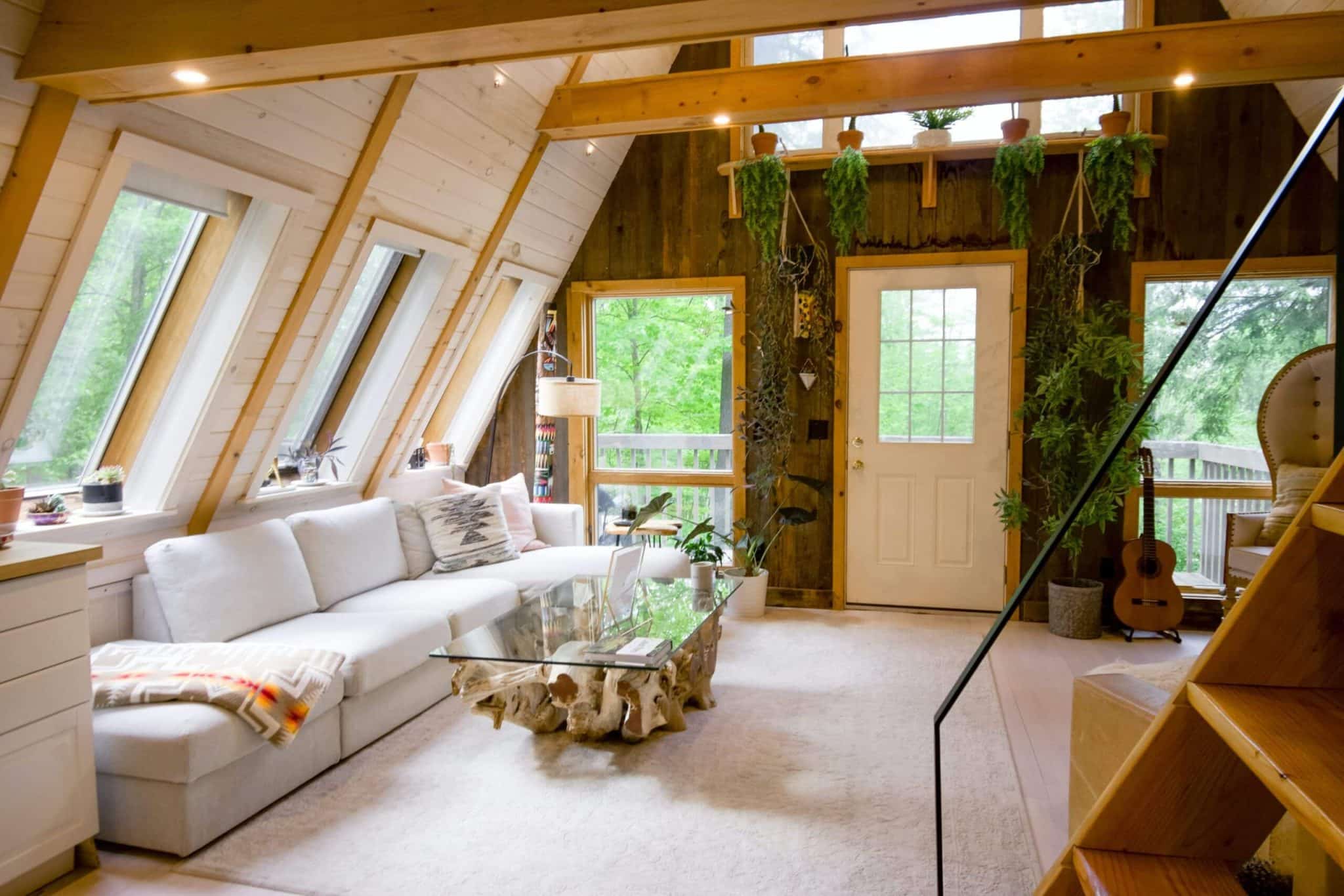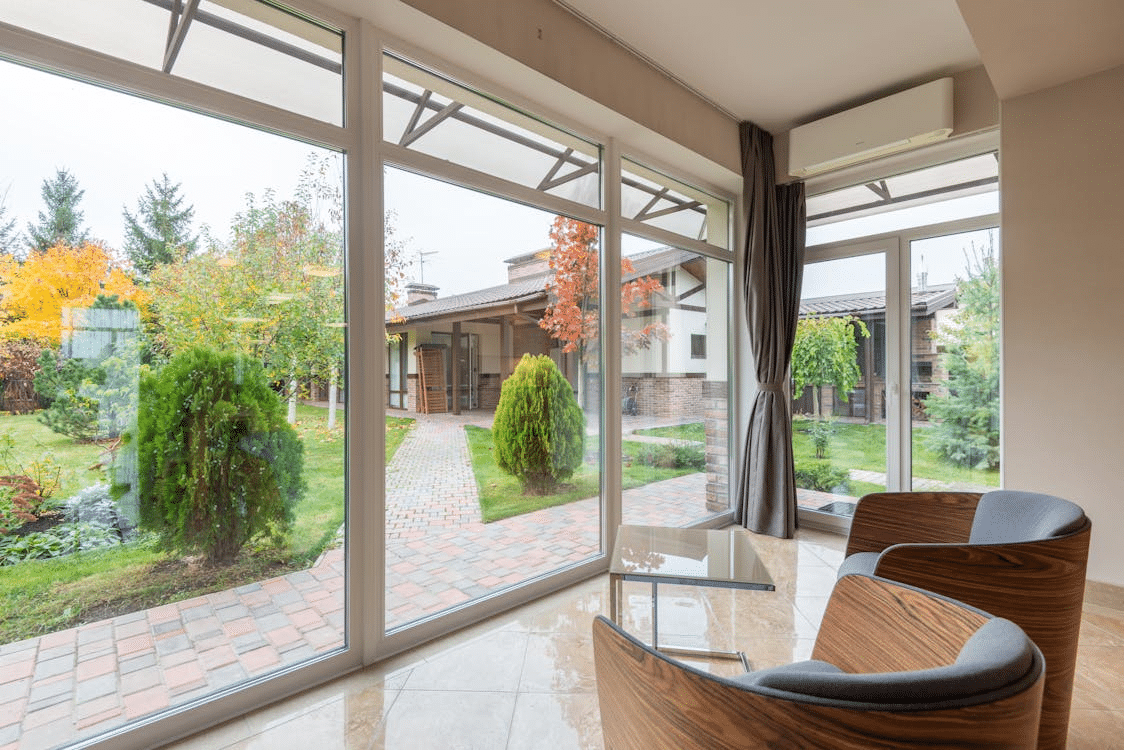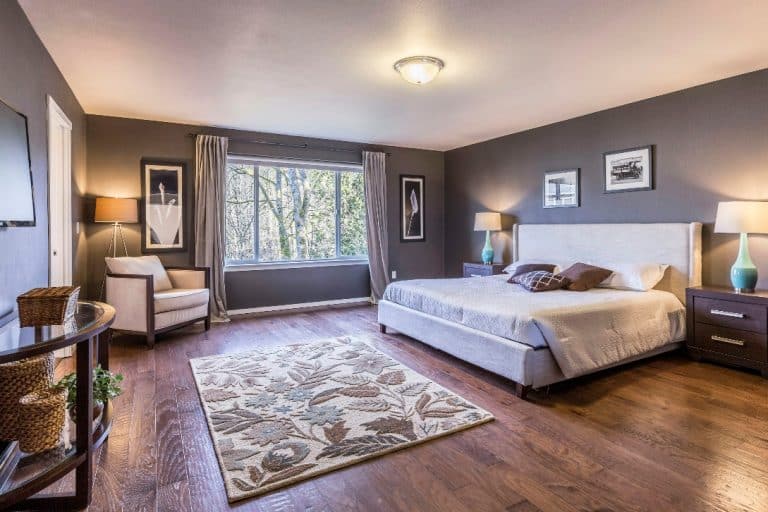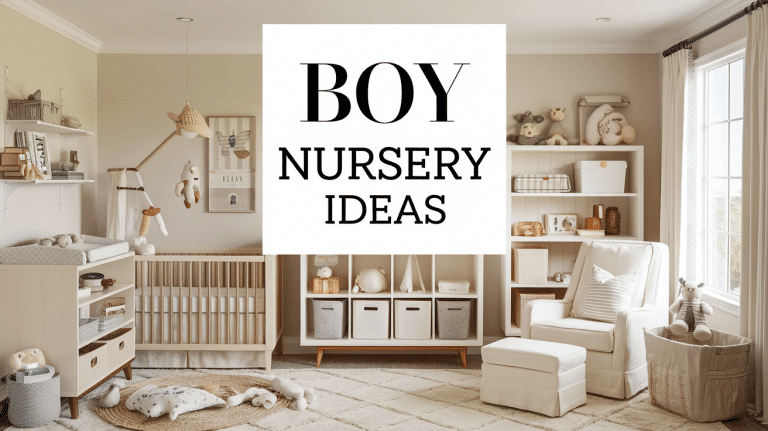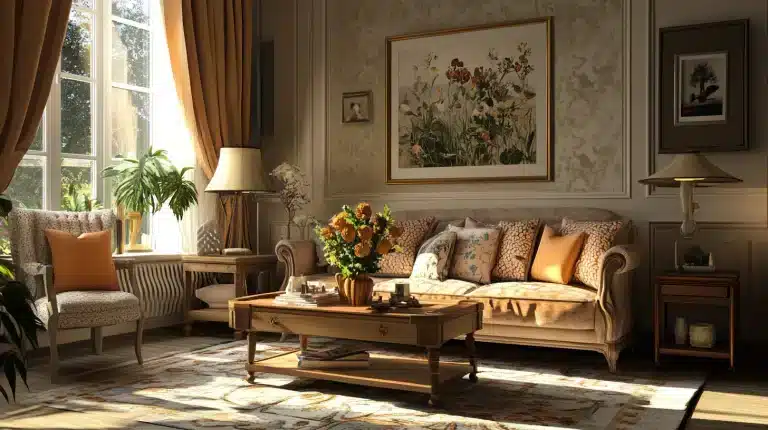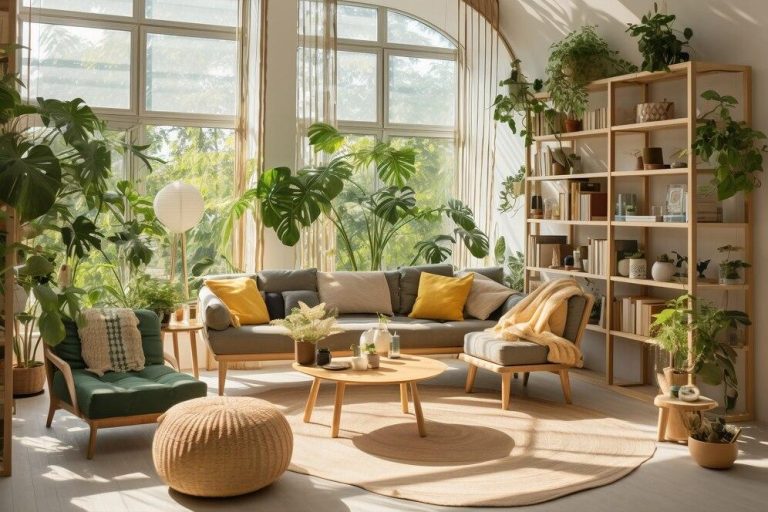An eco-friendly home, also known as a green home, is a type of dwelling designed to be environmentally sustainable. These homes aim to minimize the ecological impact by reducing energy usage, improving indoor air quality, and promoting the use of renewable resources.
Besides the logistical benefits of eco-friendly homes, owning one also contributes to the overall goal of achieving a greener future.
What Is an Eco-Friendly Home?
Innovative eco-friendly home designs are continually emerging, with architects and builders finding new ways to reduce environmental impact while creating comfortable, modern living spaces.
Key features that distinguish eco-friendly homes from traditional ones include:
- Energy efficiency
- Water conservation
- Sustainable materials
The construction of eco-friendly homes involves using renewable, recyclable, non-toxic, and locally sourced materials whenever possible. These materials include:
- Bamboo: Fast-growing and renewable
- Reclaimed wood: Prevents deforestation and reduces waste
- Cork: Renewable and biodegradable
- Sheep wool: Natural, renewable, and excellent for insulation
Some examples of eco-friendly homes include dwellings built into hillsides to take advantage of natural insulation. Building houses with green roofs that provide additional insulation and absorb rainwater is another strategy that optimizes natural resources through functional design.
Embracing Sustainability Eco-Friendly Homes on Modern Living
Eco-friendly homes are revolutionizing how people live, offering many benefits that extend beyond environmental sustainability. These homes are designed to reduce the overall environmental impact while also providing healthier and more cost-effective living conditions.
Improved Air Quality
One of the most significant ways eco-friendly homes are changing lives is by promoting healthier living conditions. Eco-friendly homes typically have better air quality due to improved ventilation systems and avoiding volatile organic compound (VOC) paints and finishes.
Lower Energy Costs
Eco-friendly homes contribute significant financial savings in the long run.
Although the initial investment may be higher, the operational costs are significantly lower. These homes are designed to be energy-efficient, incorporating features such as solar panels, energy-efficient appliances, and superior insulation.
Shared Sense of Community
Eco-friendly homes contribute to a sense of community and shared responsibility for the environment.
Many eco-friendly housing developments incorporate shared amenities and green spaces, promoting a sense of community among residents. The shared commitment to sustainable living can also foster a sense of pride and collective responsibility for environmental stewardship.
Future-Proofing in Practice
In terms of durability, eco-friendly homes often outperform traditional homes.
They are built with high-quality, sustainable materials that are designed to last, reducing the need for frequent repairs and replacements. For example, adding solar power to your home is a great way to turn your dwelling into an energy-efficient green space.
Revolutionize Your Space Key Strategies for Eco-Friendly Living
Making an existing home more eco-friendly is a process involving different strategies, each contributing to the home’s overall sustainability and energy efficiency.
Here are some practical strategies homeowners can take:
Use Solar Power
Consider installing solar panels to generate your electricity. While the initial cost can be high, the long-term savings and environmental benefits make it a worthwhile investment.
Say ‘No’ to VOCs
Use paints, adhesives, and other products with low or no VOCs to improve indoor air quality. Plants can also help filter the air, and keeping your plants healthy protects different species, like honey bees and other insects that thrive in healthy greenery.
Practice Waste Reduction
Compost kitchen waste and recycle as much as possible. Consider starting a small vegetable garden to reduce the carbon footprint associated with transporting food.
| Building Tip: Homeowners might face some challenges when making their homes more eco-friendly. These include high upfront costs, lack of knowledge or expertise in green technology, and local building regulations. |
|---|
Conclusion: Eco-Friendly Construction Choices and Costs
Finding a builder who specializes in eco-friendly construction can be achieved through research and recommendations. Many builders now advertise their green credentials, which can help you identify reliable professionals committed to sustainable construction practices.
In terms of cost, building an eco-friendly home can sometimes be more expensive upfront than a traditional home due to the specialized materials and technologies used. However, the long-term savings in energy costs and other benefits can often offset this initial investment.


